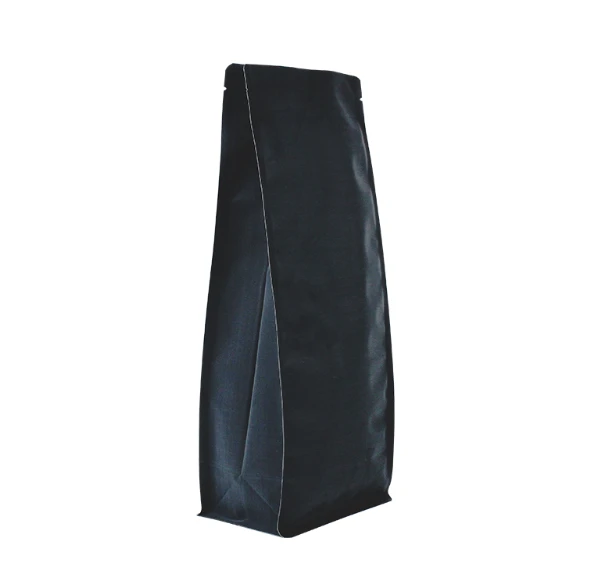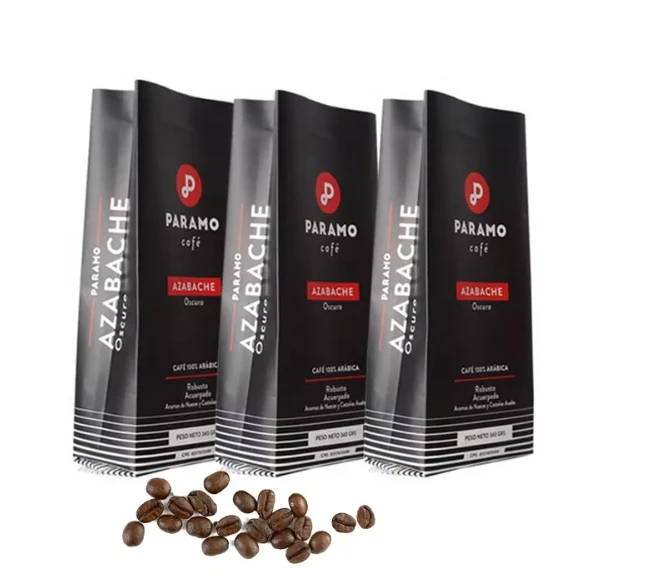- Afrikaans
- Albanian
- Amharic
- Arabic
- Armenian
- Azerbaijani
- Basque
- Belarusian
- Bengali
- Bosnian
- Bulgarian
- Catalan
- Cebuano
- chinese_simplified
- chinese_traditional
- Corsican
- Croatian
- Czech
- Danish
- Dutch
- English
- Esperanto
- Estonian
- Finnish
- French
- Frisian
- Galician
- Georgian
- German
- Greek
- Gujarati
- haitian_creole
- hausa
- hawaiian
- Hebrew
- Hindi
- Miao
- Hungarian
- Icelandic
- igbo
- Indonesian
- irish
- Italian
- Japanese
- Javanese
- Kannada
- kazakh
- Khmer
- Rwandese
- Korean
- Kurdish
- Kyrgyz
- Lao
- Latin
- Latvian
- Lithuanian
- Luxembourgish
- Macedonian
- Malgashi
- Malay
- Malayalam
- Maltese
- Maori
- Marathi
- Mongolian
- Myanmar
- Nepali
- Norwegian
- Norwegian
- Occitan
- Pashto
- Persian
- Polish
- Portuguese
- Punjabi
- Romanian
- Russian
- Samoan
- scottish-gaelic
- Serbian
- Sesotho
- Shona
- Sindhi
- Sinhala
- Slovak
- Slovenian
- Somali
- Spanish
- Sundanese
- Swahili
- Swedish
- Tagalog
- Tajik
- Tamil
- Tatar
- Telugu
- Thai
- Turkish
- Turkmen
- Ukrainian
- Urdu
- Uighur
- Uzbek
- Vietnamese
- Welsh
- Bantu
- Yiddish
- Yoruba
- Zulu
Optimal Techniques for Drying Cannabis and Reducing Drying Time
Understanding Cannabis Drying Time A Guide for Enthusiasts
Drying cannabis is a crucial stage in the cultivation and harvesting process that significantly influences the final product's quality, potency, and aroma. Proper drying can enhance the flavor and preserve the therapeutic compounds in the plant, making it essential for growers and users alike to understand the intricacies involved. In this article, we will explore the factors that affect cannabis drying time, recommended practices, and the signs of successful drying.
Factors Influencing Drying Time
Several variables can affect how long cannabis takes to dry. The primary factors include humidity, temperature, air circulation, and the thickness of the buds.
1. Humidity The environmental humidity level is perhaps the most critical factor. Ideal drying occurs in a controlled environment with a relative humidity (RH) of around 45-55%. Higher humidity can lead to longer drying times and increase the risk of mold development, while lower humidity may dry the buds too quickly, resulting in a harsher product.
2. Temperature The drying temperature should be kept between 60-70°F (about 15-21°C). Higher temperatures can decompose sensitive cannabinoids and terpenes, diminishing the cannabis's overall quality. Controlled temperatures ensure a gradual drying process that allows the plant to retain its flavor and potency.
3. Air Circulation Adequate airflow is essential during the drying process. Stagnant air can promote mold growth, while good circulation helps evenly distribute moisture, facilitating uniform drying. Using fans in the drying room can help maintain air movement and ensure a consistent drying environment.
4. Bud Density The physical size and density of the buds also play a role. Larger, denser buds will require longer drying times compared to smaller, airy buds. A general rule of thumb is that drying typically takes anywhere from 7 to 14 days, depending on the aforementioned factors.
Recommended Drying Practices
To achieve the best results, it's essential to follow appropriate drying practices
cannabis drying time

1. Hang Drying This is the most recommended method for drying cannabis. Cut the branches and hang them upside down in a dark, well-ventilated area. Hanging allows moisture to escape evenly and reduces the risk of damage.
2. Monitoring It’s crucial to monitor humidity and temperature levels throughout the drying process. Consider using hygrometers to keep track of these variables. Adjusting the environment based on readings can help achieve optimal drying conditions.
3. Check for Moisture After about a week, start checking the buds for moisture. A good indicator of readiness is when the smaller stems snap rather than bend. The buds should feel dry on the outside but still retain a slight moisture content on the inside.
4. Curing Once drying is complete, transferring the cannabis to airtight jars for curing is vital. Curing enhances flavor and potency, allowing the buds to undergo subtle biochemical processes that improve their overall quality.
Signs of Successful Drying
Determining when cannabis is adequately dried involves a few sensory evaluations
- Feel The buds should not be overly moist, but they should feel slightly spongy when squeezed. If they crumble or feel too dry, they might have been over-dried.
- Smell Properly dried cannabis will emit a pleasant aroma. If there is a musty smell, it may indicate mold, while lots of ‘green’ or grassy smell often means it needs more drying.
- Look The color should remain vibrant, and the trichomes—tiny, crystal-like structures—should be visible and intact. Healthy buds typically have a shiny appearance.
In conclusion, while cannabis drying can initially seem daunting, understanding the key factors and applying best practices can greatly enhance the quality of the final product. Patience and attention to detail during the drying process can ensure that cannabis retains its potency and aroma, resulting in an enjoyable experience for users. Whether for recreational or medicinal purposes, taking the time to properly dry cannabis is a valuable investment in quality.













